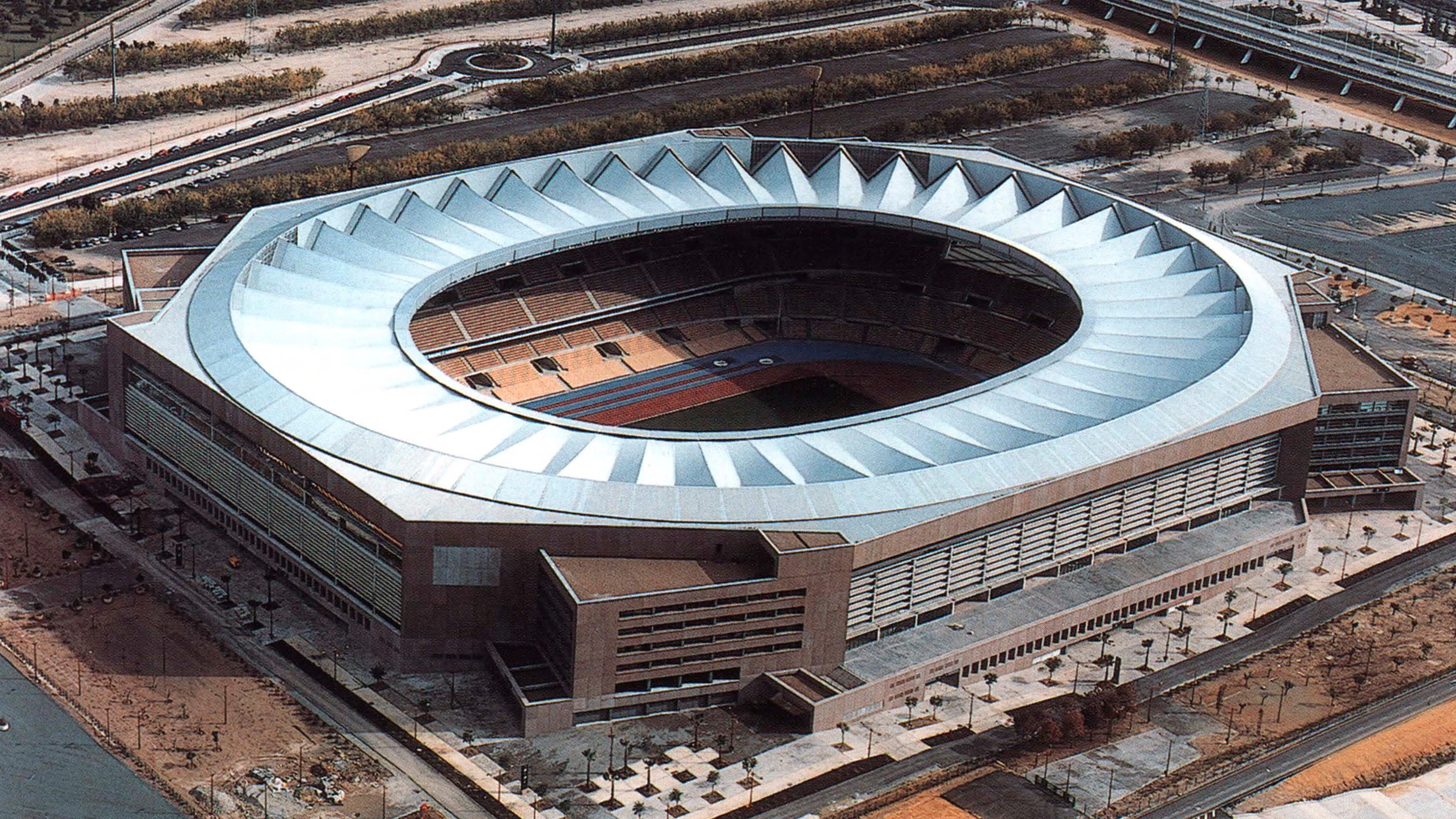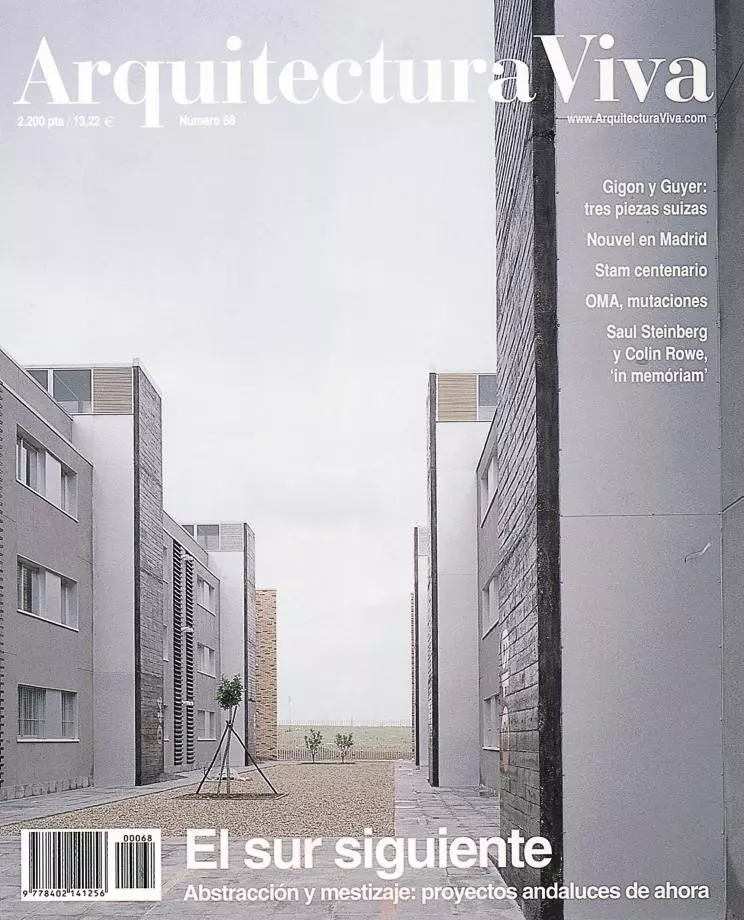
The future of the South is the North. This categorical statement, which evokes that of Ortega “Spain is the problem, Europe is the solution”, does not express disinterest in southern identity. Rather it shows the conviction that the future of the periphery of our continent rests in the link with its more dynamic nucleus. Globalization, indeed, does not have to be incompatible with the defense of diversity, as the Europeans underlined in Seattle, but it is difficult to reconcile with the veneration of tradition so dear to the identity movements. The South is a physical and human landscape, but not a mood, or at least not the fatalistic one for which the South has a great future... and always will.
In Andalusia, the future is in communication and transport, agricultural industry and tourist demand. Larder and leisure for Europe, the Andalusia now taking shape is not an artificial hybrid of California and Florida; it is a plausible project for a privileged territory, which joins the richness of the soil with the singularity of the climate, and the exceptional artistic and historical heritage with the beauty of its coast. However, this project demands the conservation of a landscape that summarizes the generosity of nature and the abundance of culture; a landscape threatened today less in the olive groves or cities than on a coastline increasingly devastated by greed and apathy.
The plural architecture of Andalusia has fed itself both from the wealth of tradition and from the fertile influence of imported forms. Besides its link with Madrid, these days speeded up by the AVE which connects Moneo’s Atocha station with that of Santa Justa by his disciples Cruz and Ortiz, Andalusia has been a fertile humus for the ideas of masters like Rossi and Siza; and its cosmopolitan leanings have prompted a dialogue of the youngest architects with their Swiss and Dutch contemporaries that shows an appetite for newness only tempered by technical and social inertia. But this architecture avid for stimuli and information has refused to face the challenges of territory and landscape, where genuine modernity is probably to be found.
Limiting professional activity and artistic practice to the building of autistic objects, architecture abandons its critical and cultural dimension. And surrendering landscape to the control of politics and money, deserts an ethical and aesthetic committment to the future of the community. Architectural discourse is weaved through a multifaceted conversation between institutions and elites, and both of them are proving incapable of intervening with efficiency in the shaping of the territory. Faced with this choral responsibility, the implosion in the disciplinary heart seems sterile: the rising South should not only be found in a new hypermodern generation, but also in those who understand that the future of the South is the landscape.






